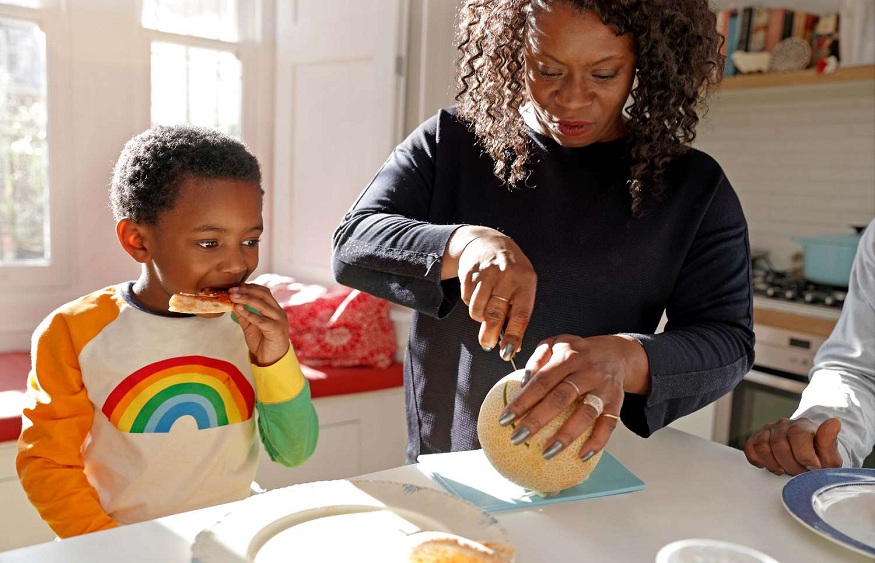How to differentiate healthy snacking options for your kids and junk
3 min read
It’s no secret that kids adore snacks, which are necessary for good nutrition. Kids require more frequent feedings due to their smaller stomachs than our own to maintain high energy levels and fill in nutritional gaps. However, finding a kid-friendly and healthful snack can be challenging for many parents. But worry not. Here’s how to distinguish between snack selections that are ultimately better for your little one and those that are junk.
Check labels
Reading labels is the first step towards selecting healthful snacks for children. It may seem wise to choose products with health claims like all-natural, no added sugar, organic, made with natural fruit, high in fiber, gluten-free, non-GMO, etc., but it’s a good idea to check the Nutrition Facts tag in addition to the ingredient list.
Look for fiber and protein options.
Most kid-friendly snacks, such as fish crackers and “veggie” sticks, are deficient in protein and fiber. Kids need these nutrients for proper growth, development, and blood sugar regulation, in addition to giving them energy and preventing hunger. According to research, healthy snacks for kids should contain five to ten grams of protein and between 100 and 200 calories. Additionally, opt forvibes snacks that have whole food components like nuts and seeds, which provide at least 3 grams of fiber.
Prioritize whole grain ingredients.
While processed snacks have a place on the table, choose ones that contain a high percentage of whole foods, such as fruits, seeds, nuts, and vegetables. Besides sugar alcohols like mannitol, xylitol, sorbitol, and maltitol, avoid snacks containing artificial chemicals, food dyes, and preservatives. Some sugar alcohols even taste sweeter than sugar.
Avoid snacks with added sugars.
Kids should not have more than 25 grams of added sugar daily, but research indicates that most children—even infants and toddlers—overeat it. Another thing to consider when choosing healthy snacks for kids is that sugar is sneaky. While the label may plainly say that the food includes sugar, the sweet stuff can lurk beneath distinct names like fruit juice, high-fructose corn syrup, sucrose, and cane sugar.
Make sure sugar isn’t the first ingredient in the snack you purchase because the ingredients are listed in order of weight. Instead, look for snacks with ingredients like dried fruit or whole oats.
Check the total sugars.
Ensure you check the labels for added sugars and the overall quantity of sugar. As previously said, you must keep the daily sugar intake for kids to less than 25 grams, and selecting lower-sugar snack options is a brilliant method to achieve this. Natural sugars are present in foods like dried fruit, but they’re safe because they contain fiber, vitamins, and minerals.
Conversely, added sugars are any additive that gives food a sweet taste.Additionally, remember that although substances like honey or agave may be natural, they are regarded as added sugars once they are separated and used as a sweetener in food.
The takeaway
Serving your kidssnacks is vital to cover nutritional gaps between meals, but it’s even more crucial to provide nutrient-dense, sugar-free snacks and to serve them for the correct reasons.






